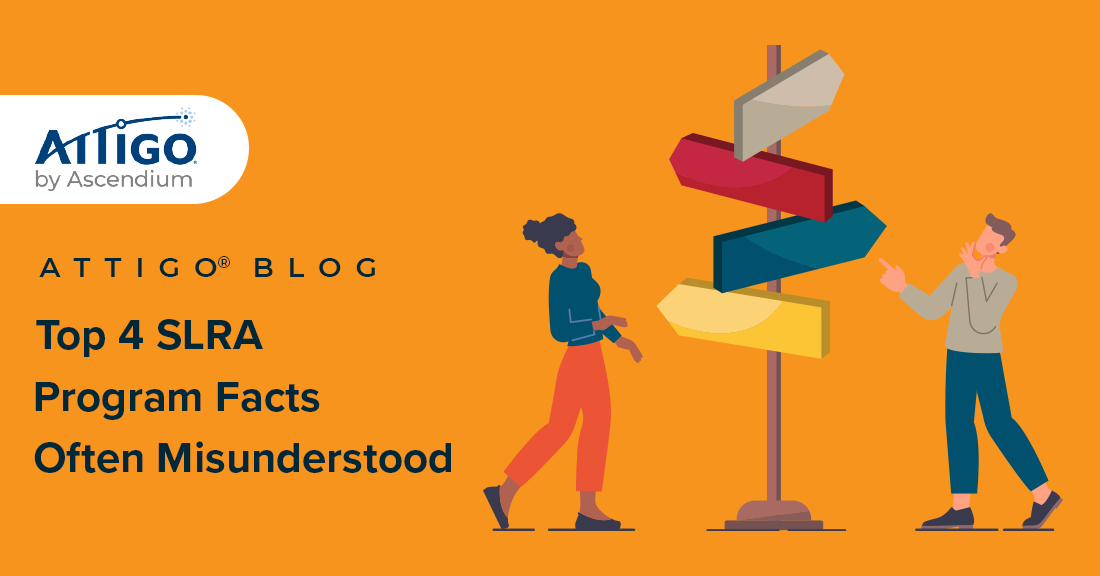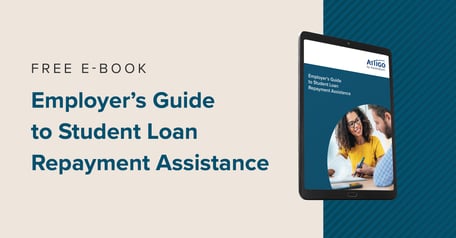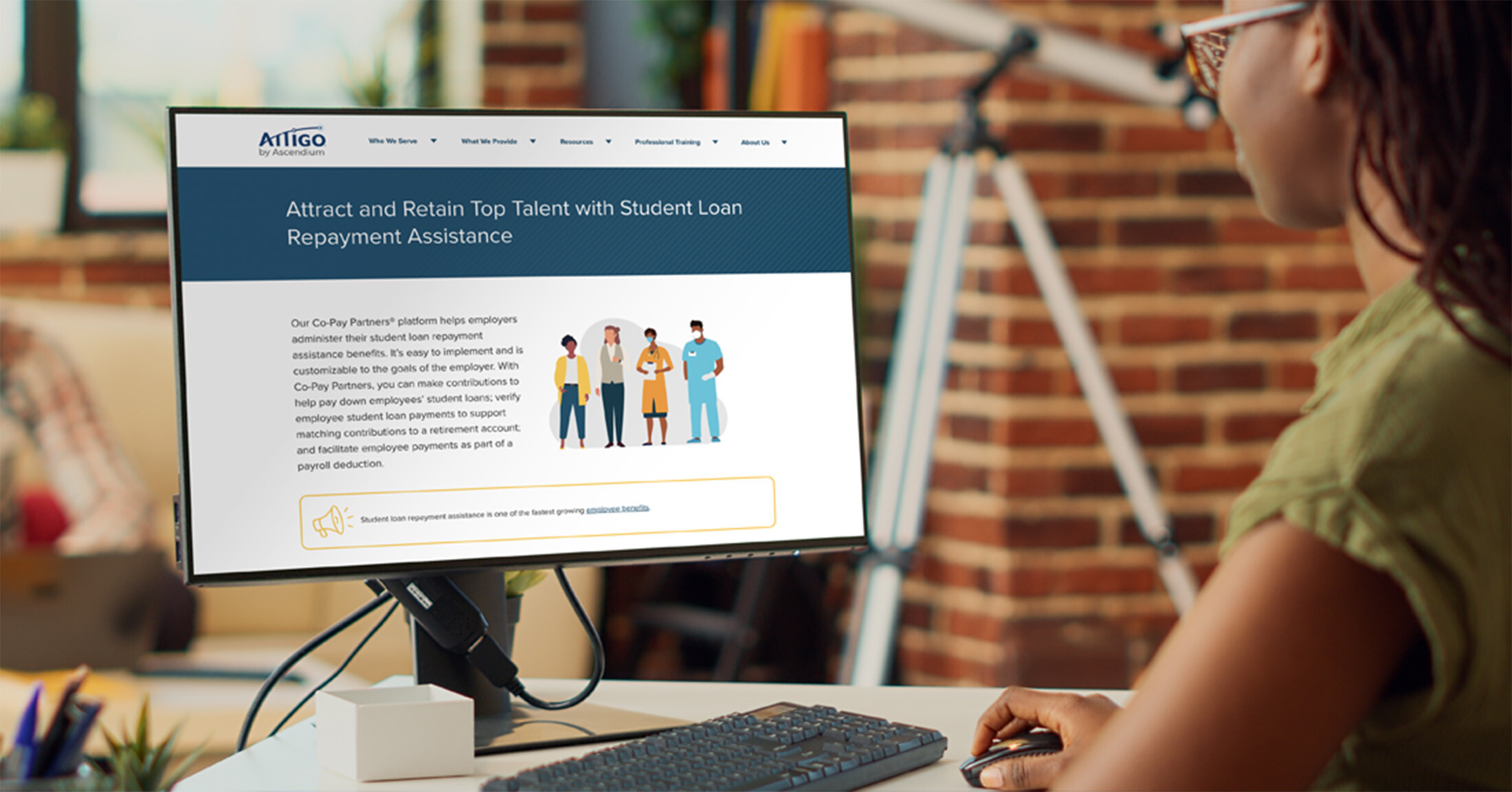
Student Loan Repayment Assistance (SLRA) is one of the fastest growing benefits to help employers recruit and retain top talent. Employers realize student loan debt is a burden to employees. By addressing it, they’re proving they can support employees while also achieving business goals. However, SLRA’s newness and employers’ unfamiliarity with its legislation has resulted in misunderstandings about how it works.
Throughout the fall of 2021, the Ascendium team discussed SLRA with thousands of employers across the country and several themes emerged. This post shares the top four misunderstandings, and related facts, when it comes to SLRA.
Let’s dive in and review some of the details behind an SLRA program using the guiding requirements in Section 127 of the Internal Revenue Code. This article is provided for informational purposes only. Be sure to consult with tax, legal and human resource professionals for guidance on how to adhere to all legal requirements.
- SLRA is not an employee payroll deduction like a Flexible Spending Account for health care. SLRA is an employee benefit where the employer makes a monetary contribution to an employee’s eligible student loan, above and beyond their salary.
- SLRA does not offer a tax deduction, reduce taxable income or generate a tax refund. Rather, eligible employer-made SLRA contributions are tax-free for the employer and the employee. Whereas a tax deduction or tax break reduces how much income is subject to taxes.
- An employer contribution made to a spouse’s student loan or a federal parent PLUS loan is not eligible for the tax-free status. Employers can make contributions to those loans outside of an Educational Assistance Program, but they’re ineligible for the tax-free status and, instead, are taxed as income like an employee bonus would be taxed.
- To take advantage of the tax-free status of SLRA, an employer’s contributions must be provided as part of a qualified Educational Assistance Program. An Educational Assistance Program is a written plan for the exclusive benefit of providing employees with educational assistance such as tuition reimbursement, scholarships for an employee’s family members and SLRA. If a company doesn’t have an existing program, our Employer’s Guide to Student Loan Repayment free e-book shares background information on the guiding requirements in Section 127 of the Internal Revenue Code and points to organizations like the Society for Human Resources Management who can provide further guidance and resources.
If employers are seeking additional help to add SLRA to their benefits package, download our free e-book to learn more.




